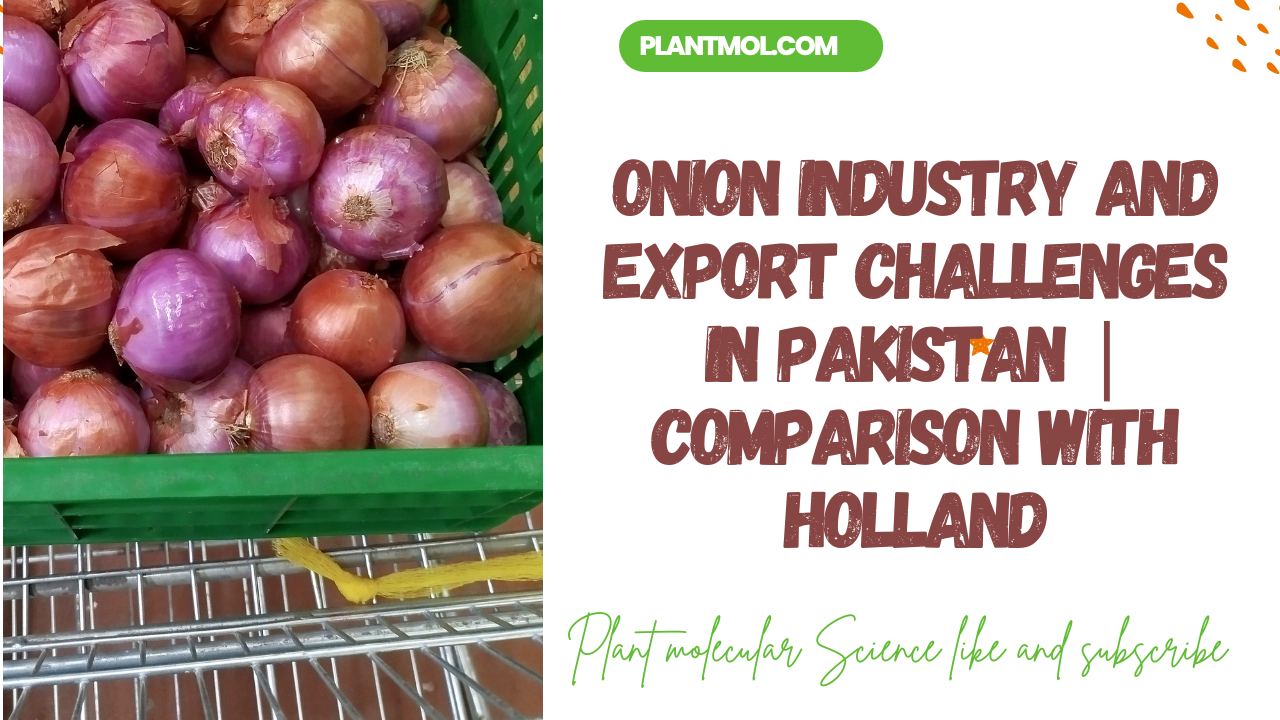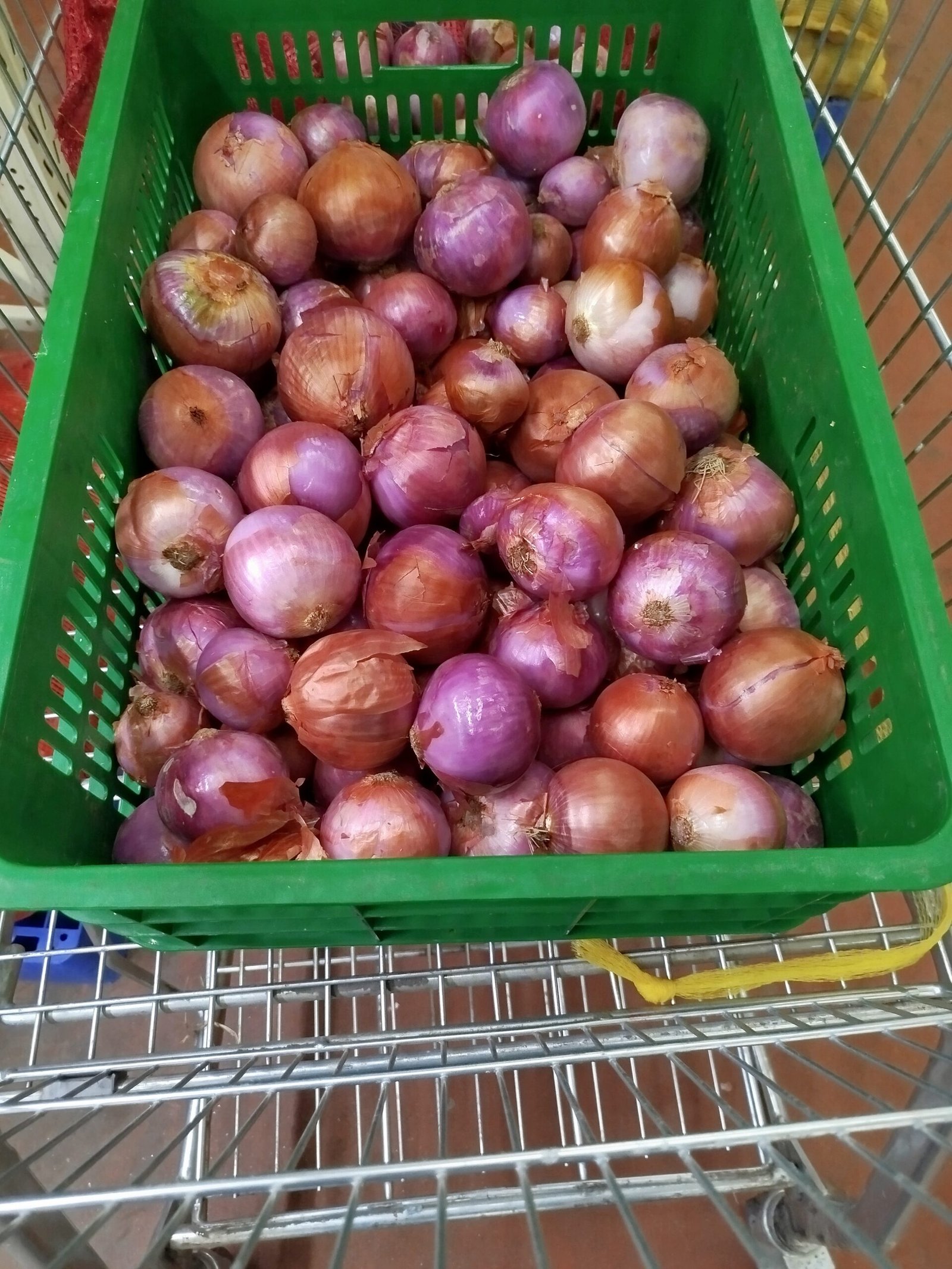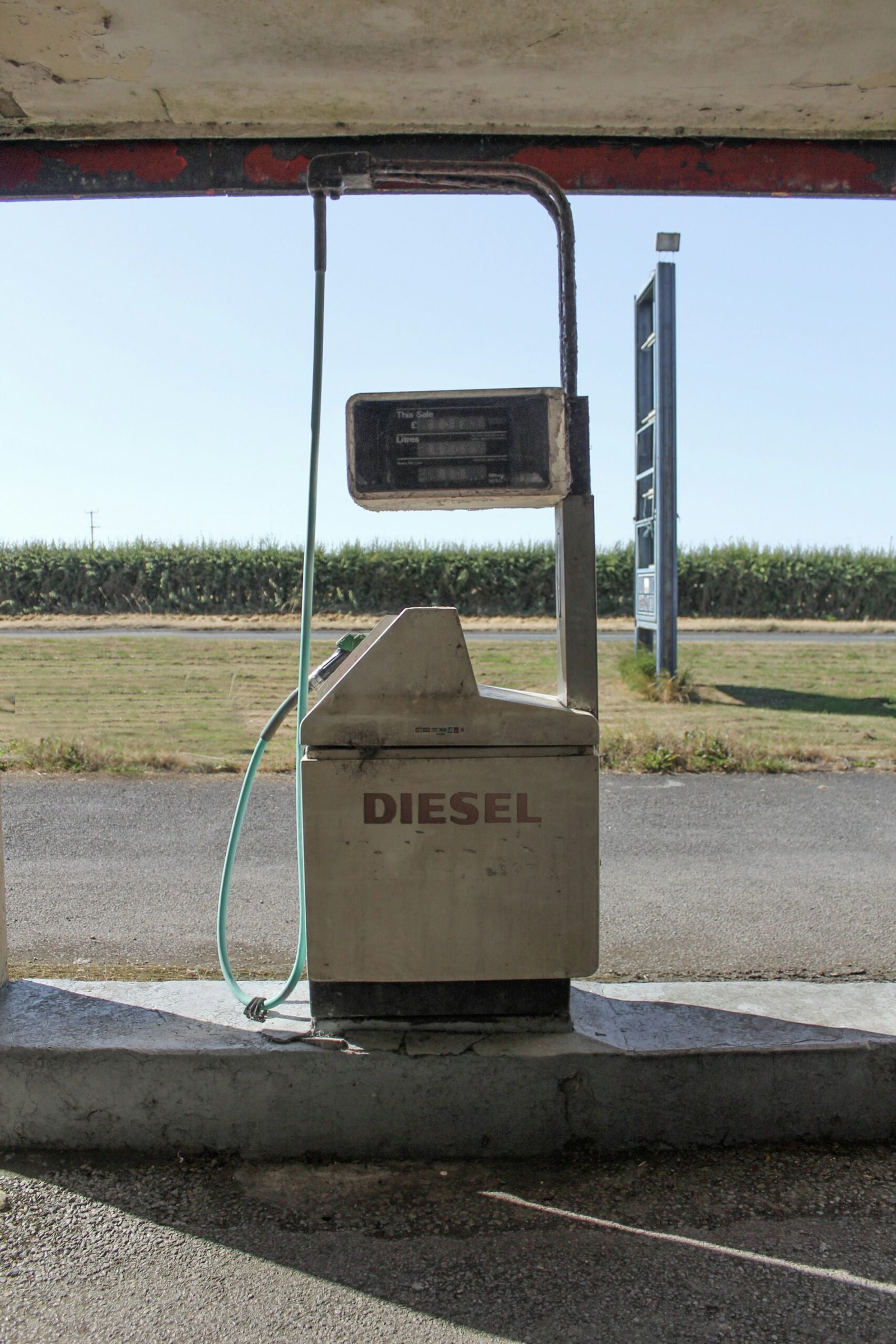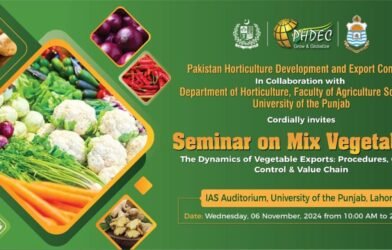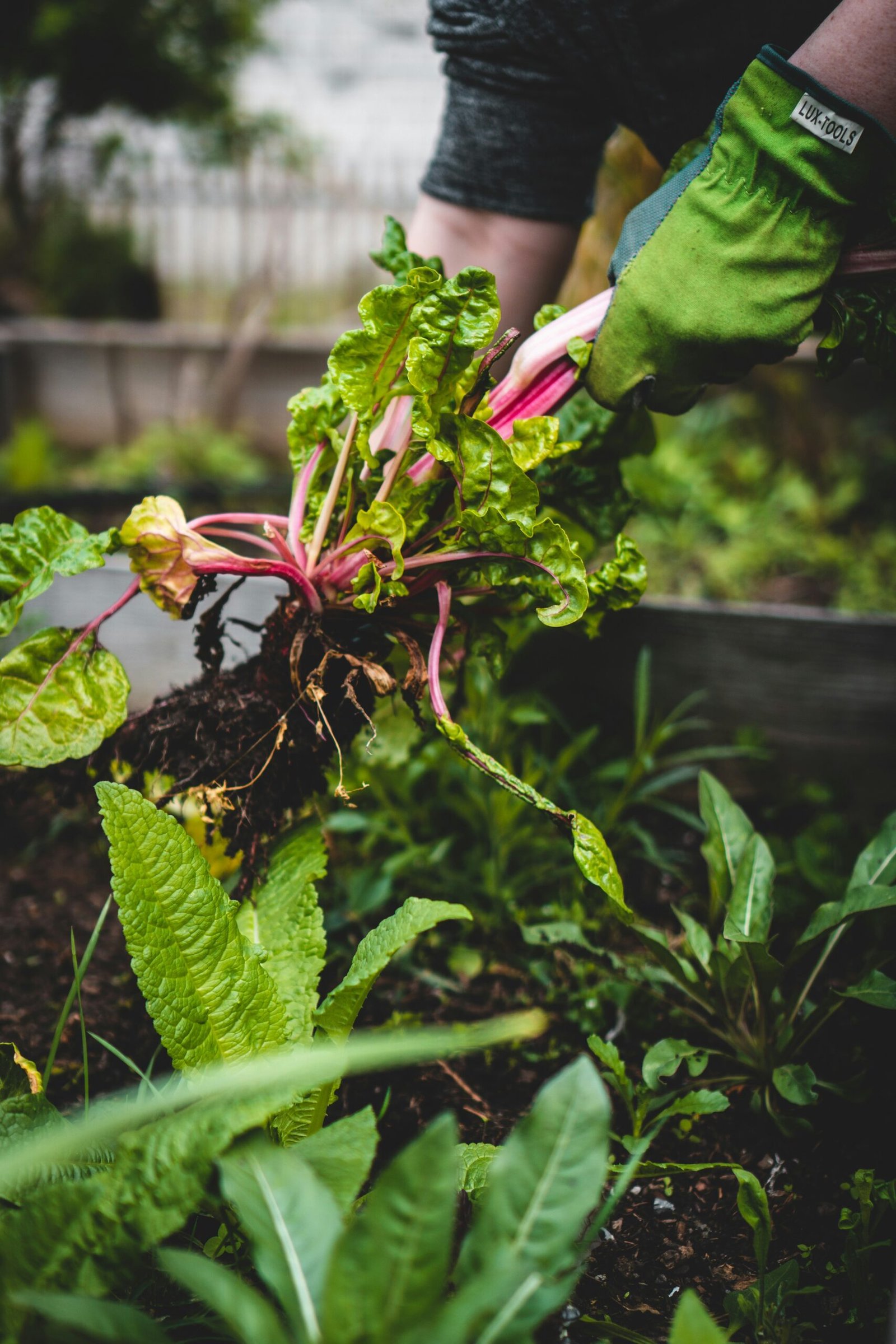Introduction to the Onion Industry
The global onion industry holds a vital position in agricultural markets, being one of the most cultivated and consumed vegetables worldwide. Onions are not only a staple in various cuisines but also play an essential role in dietary practices, enriched with flavor and nutritional value. The production and trade of onions significantly contribute to the economies of producer countries, making it crucial to examine market dynamics and consumer preferences closely.
Within this context, the Holland and Pakistan emerge as key players in the onion market, each presenting unique advantages and challenges in their respective industries. The Netherlands, known for its advanced agricultural techniques, focuses on high-quality onion production, leveraging technological innovations to enhance yield and sustainability. On the other hand, Pakistan boasts a diverse range of onion varieties and benefits from extensive agricultural land, which positions the country as one of the leading onion producers globally.
Market trends reveal interesting insights into onion consumption patterns. For instance, European consumers tend to prefer high-quality onions, often sourced locally or imported from countries like the Netherlands. In contrast, Pakistan’s onion consumption is deeply rooted in cultural practices, with high demand for both domestic use and export markets. The economic significance of this industry cannot be overstated, as it influences the livelihoods of millions in both countries.
Understanding the comparative landscape of the onion industry in the Netherlands and Pakistan is essential for industry stakeholders, policymakers, and consumers alike. This analysis will shed light on production methodologies, market strategies, and consumption habits, offering a comprehensive perspective on how these two countries contribute to the global onion market, as well as the overall socio-economic implications involved.
Historical Context of the Onion Cultivation
The cultivation of onions has a rich history that stretches back thousands of years, with distinct practices and developments arising in various regions, including the Netherlands and Pakistan. In the Netherlands, onion farming can be traced back to the medieval period, where local farmers began cultivating varieties that thrived in the temperate climate. Early practices focused on soil enrichment techniques, including crop rotation and the use of organic fertilizers, to enhance yield quality. Over the centuries, Dutch farmers advanced their cultivation methods, adopting innovative technologies that led to significant improvements in onion production and storage. The introduction of modern irrigation techniques and pest control measures further streamlined the onion farming process, contributing to the Netherlands’ reputation as a major player in the European onion market.
In contrast, the history of onion cultivation in Pakistan is deeply intertwined with the country’s agricultural traditions. The fertile plains of Punjab and Sindh have historically supported diverse crop cultivation, with onions being one of the prominent vegetables grown. The ancient practices included traditional sowing and harvesting techniques, with generations passing down knowledge regarding the best growing seasons and local pest management strategies. As Pakistan embraced modernization in the late 20th century, onion farming began to incorporate hybrid seeds and advanced agronomic practices. This shift allowed Pakistani farmers to enhance both the quantity and quality of their onion harvests, thereby meeting local and international demand. Despite facing challenges such as climate variability and market access, onions remain a staple crop integral to Pakistan’s agricultural economy.
Both countries have demonstrated an evolving approach to onion cultivation, influenced by their unique climatic conditions, cultural contexts, and technological adoption. As historical practices and innovations merge, they illustrate how the onion industry has shaped economic landscapes in the Netherlands and Pakistan alike.
Production Statistics and Trends
The onion industry plays a vital role in the agricultural sectors of both the Netherlands and Pakistan, contributing significantly to their economies and food security. In recent years, both countries have demonstrated distinct production capabilities and trends that reflect their agricultural strategies and technological advancements.
As of the latest available data, the Netherlands has achieved an impressive onion production yield of approximately 55-60 tonnes per hectare tons per hectare, making it one of the highest in the world. This high yield can be attributed to modern farming techniques, efficient agribusiness practices, and advanced agricultural technologies. The total area cultivated for onion production in the Netherlands is around 16,000 hectares, reflecting a steady increase in production over the past decade. The nation has also embraced innovative practices such as precision farming, which optimizes resource use and enhances crop performance.
Conversely, Pakistan’s onion production statistics present a different scenario. The country cultivates onions on approximately 140,000 hectares, with an average yield of about 28-30 tons per hectare. Despite it being one of the largest producers globally, Pakistan faces challenges that limit its production efficiency. Factors such as climate variability, inconsistent water supply, and traditional farming methods contribute to lower yields compared to the Netherlands. However, recent trends indicate a gradual improvement in production techniques, driven by government initiatives and a growing awareness of modern agricultural practices.
The comparative analysis of these statistics highlights the strengths of the Dutch onion industry, characterized by high yields and modern technology, versus the challenges faced by Pakistan, which has significant cultivation area but lower yields. Understanding these trends is essential for stakeholders aiming to enhance production efficiency and bolster the onion industry’s sustainability in both nations.
Quality and Variety of Onions
The onion industry in both the Netherlands and Pakistan showcases a remarkable diversity in the varieties produced, significantly influenced by a myriad of factors including climate, soil conditions, cultivation practices, and post-harvest handling. In the Netherlands, the temperate climate provides optimal conditions for onion cultivation, allowing the growth of specific high-quality varieties, such as the Dutch Yellow and Dutch Red onions. These varieties are renowned for their sweetness and firmness, attributes that appeal to both local and international markets. The Netherlands also implements advanced agricultural practices, including precision farming and integrated pest management, which further enhance onion quality and yield.
Conversely, Pakistan’s diverse climatic zones enable the production of a wide range of onion varieties, including local types like the Sindh Onion and White Onion. Despite being cultivated in varying environmental conditions, the quality of onions in Pakistan can be inconsistent. Factors such as soil fertility and traditional farming practices play crucial roles in determining the quality of onions. Typically, Pakistan’s onions have a more pungent flavor profile, which is valued in many markets, particularly in South Asia and parts of the Middle East.
In addition to production practices, post-harvest handling is critical in both countries. The Netherlands has an established system for post-harvest processing and storage, which ensures that onions retain their quality throughout transportation and distribution. This meticulous approach minimizes spoilage and maintains freshness, giving Dutch onions a competitive edge. On the other hand, Pakistan faces challenges in post-harvest management, which can lead to higher levels of wastage and lower quality at market presentation.
Ultimately, the variations in the quality of onions produced in the Netherlands and Pakistan can be attributed to a combination of climatic influences, soil quality, cultivation methods, and post-harvest practices. These factors significantly affect market preferences and consumer choices in both regions, reflecting the importance of quality in the global onion industry.
Economic Impact and Export Potential
The onion industry plays a significant role in the economies of both the Netherlands and Pakistan. In the Netherlands, onions contribute notably to the agricultural sector’s performance, enhancing the national GDP and generating employment opportunities. This European nation demonstrates highly efficient farming practices that enable it to yield high-quality onions, thus strengthening its position in the global market. The Netherlands is recognized as one of the largest exporters of onions, utilizing advanced technologies and innovative farming methods to produce onions that meet international quality standards. Consequently, their contribution to the trade balance is substantial, offering a robust platform for economic growth.
In contrast, Pakistan’s onion farming is a critical aspect of its agricultural landscape, supporting millions of farmers and laborers. While the country faces challenges such as inconsistent crop yields and outdated farming techniques, onions remain one of the key cash crops that significantly impact rural employment and livelihoods. The economic contribution of onion farming can be observed in its ability to provide income for many households and promote food security. However, Pakistan’s onion exports have often fluctuated due to market competition and climatic factors, leading to varying levels of demand and pricing on the international stage.
Both nations have opportunities to enhance their export potential. The Netherlands can leverage its established market presence to explore new regions, while Pakistan can focus on improving its agricultural practices and export strategies. By adopting modern farming techniques and investing in supply chain improvements, Pakistan could increase its competitive edge. Overall, the economic implications of the onion industry highlight its critical role in both countries’ agricultural success and underscore the importance of strategic planning to maximize export opportunities and bolster economic performance.
Challenges Faced by the Onion Industry
The onion industry in both the Netherlands and Pakistan encounters various challenges that significantly affect production and profitability. One major challenge is climatic change, which has led to unpredictable weather patterns, impacting crop yields. In Pakistan, where farmers heavily depend on monsoon rains, erratic rainfall can lead to either floods or droughts, severely affecting onion cultivation. Conversely, in the Netherlands, changing climatic conditions may alter growing seasons and introduce new pests, thereby affecting the crop’s development.
Pest management is another prominent issue faced by onion farmers in both countries. The onion crop is susceptible to a range of pests and diseases, which can devastate harvests if not effectively controlled. In Pakistan, limited resources and access to advanced pest control technologies often impede farmers’ ability to combat these threats. In contrast, Dutch farmers benefit from cutting-edge agricultural technologies and integrated pest management practices, yet they still grapple with the challenge of maintaining sustainability while protecting their crops.
Market access presents a significant hurdle as well. Pakistani farmers often struggle to find reliable markets for their onions, leading to price fluctuations and potential losses. In rural areas, transportation infrastructure can be inadequate, further complicating matters. The Dutch, on the other hand, benefit from well-established supply chains and access to international markets, allowing for more stable pricing and increased competitiveness on a global scale.
Economic pressures also weigh heavily on onion farmers. In Pakistan, limited financial support from the government makes it difficult for farmers to invest in modern farming methods. Conversely, in the Netherlands, while financial support is more accessible, farmers face the pressure of maintaining high production standards in a competitive market. To mitigate these challenges, both countries have implemented various government policies aimed at providing assistance to farmers. This includes initiatives for research and development, subsidies for sustainable practices, and support for international market access. Ultimately, addressing these challenges is crucial for the long-term viability and growth of the onion industry.
Technological Innovations in Onion Farming
Technological advancements have significantly transformed onion farming practices in both the Netherlands and Pakistan, playing a pivotal role in improving yield and quality. In the Netherlands, the application of precision agriculture has become prevalent. Farmers employ advanced techniques such as satellite imaging and GPS technology, enabling them to monitor crop health and soil conditions with remarkable accuracy. This data-driven approach allows Dutch farmers to make informed decisions regarding fertilization and pest control, leading to enhanced productivity and reduced resource wastage.
In contrast, Pakistan is gradually embracing precision agriculture, albeit on a smaller scale. The increasing availability of mobile applications and affordable technology is empowering farmers to utilize data analytics. By adopting methods such as soil moisture sensors and weather forecasting tools, Pakistani onion growers are optimizing their irrigation practices. Efficient irrigation is crucial in Pakistan, where water scarcity poses a significant challenge. Transferring innovative irrigation techniques, such as drip and sprinkler systems, aids with water conservation while ensuring that crops receive the appropriate amount of moisture required for optimal growth.
Moreover, advancements in post-harvest technologies further highlight the differences in innovation between the two countries. In the Netherlands, extensive research has led to improved storage solutions, such as controlled atmosphere storage, which extends shelf life and preserves the quality of onions. This technology minimizes spoilage and maximizes marketability, thereby benefiting both producers and consumers. Meanwhile, Pakistan is making strides with basic post-harvest handling techniques, emphasizing training programs to educate farmers about sorting, grading, and proper packaging to reduce losses during transportation.
Both nations showcase a unique trajectory in technological innovations for onion farming; however, the Netherlands exemplifies a more advanced application of agricultural technologies. Pakistan is on the path to modernization, leveraging innovations to address challenges posed by traditional farming practices. As both markets continue to evolve, the integration of technology is likely to play a transformative role in shaping the future of the onion industry.
Market Dynamics and Consumer Preferences
The onion industry represents a critical agricultural sector in both the Netherlands and Pakistan, driven by distinct market dynamics and varying consumer preferences. In the Netherlands, onions are predominantly regarded as a staple ingredient in various culinary contexts, leading to a steady demand that is sustained throughout the year. Consumers in this region often prioritize quality, favoring locally sourced onions that are perceived as fresher and more flavorful. This preference has led to the establishment of a robust supply chain that emphasizes sustainability, with many farmers adopting innovative agricultural techniques to enhance yield and reduce environmental impact.
Conversely, in Pakistan, onions hold a significant cultural and economic status. They are not only essential in everyday cooking but also play a vital role in export markets. Pakistani consumers tend to focus on price sensitivity, primarily due to varying socio-economic conditions. This price-driven approach influences the local supply chain, where production often fluctuates with market demands and climatic conditions. The country’s onion production is subject to seasonal variations, which can lead to substantial price volatility in the domestic market. This volatility impacts consumer purchasing habits, causing buyers to adjust their buying patterns based on the current market situation.
Furthermore, both countries face challenges related to supply chain efficiency. In the Netherlands, the emphasis on innovation facilitates a smooth distribution process that ensures fresh produce reaches consumers quickly. On the other hand, Pakistan’s supply chain is often hindered by infrastructural challenges and a lack of modern logistics systems, resulting in significant post-harvest losses. Understanding these market dynamics and consumer preferences is crucial for stakeholders aiming to navigate the complexities of the onion industry in both regions and develop effective strategies for production and marketing.
Future Outlook for the Onion Industry
The future landscape of the onion industry in both the Netherlands and Pakistan is poised for significant transformation. As the world grapples with climate change, the agricultural sector, including onion production, is facing pressures that could either present challenges or unlock new opportunities. In the Netherlands, the integration of advanced agricultural technology has already set the stage for improved consistency in onion yields. With innovations such as precision farming and smart greenhouse environments, Dutch producers are likely to enhance their production efficiency and adapt to changing climatic conditions, ensuring a steady supply of onions in the international market.
Conversely, Pakistan’s onion industry is confronted with obstacles, primarily due to outdated farming practices and varying climatic conditions. However, there exists immense potential for growth if investments are directed towards modernizing agricultural techniques. Initiatives that focus on enhanced irrigation systems, improved crop management practices, and the adoption of hybrid onion varieties can bolster production capacities. By embracing such changes, Pakistan has the opportunity to increase its export competitiveness and secure its position as a vital supplier in the global onion trade.
In addition to technological advancements, the global demand for healthy, fresh produce continues to rise. Consumers are becoming increasingly health-conscious, showing preference for organic and sustainably farmed goods. Both countries have an opportunity to capitalize on these trends through the adoption of environmentally friendly farming practices. For the Netherlands, continuing to lead with their established practices can mean increasing market share. For Pakistan, aligning with these practices can open pathways to burgeoning markets.
However, the future is not without risks. Economic instability, potential trade barriers, and fluctuations in weather patterns could pose serious threats to the onion industry in both nations. The ability of stakeholders in the onion supply chain to adapt to these unforeseen challenges will ultimately determine the resilience and sustainability of their respective industries.
